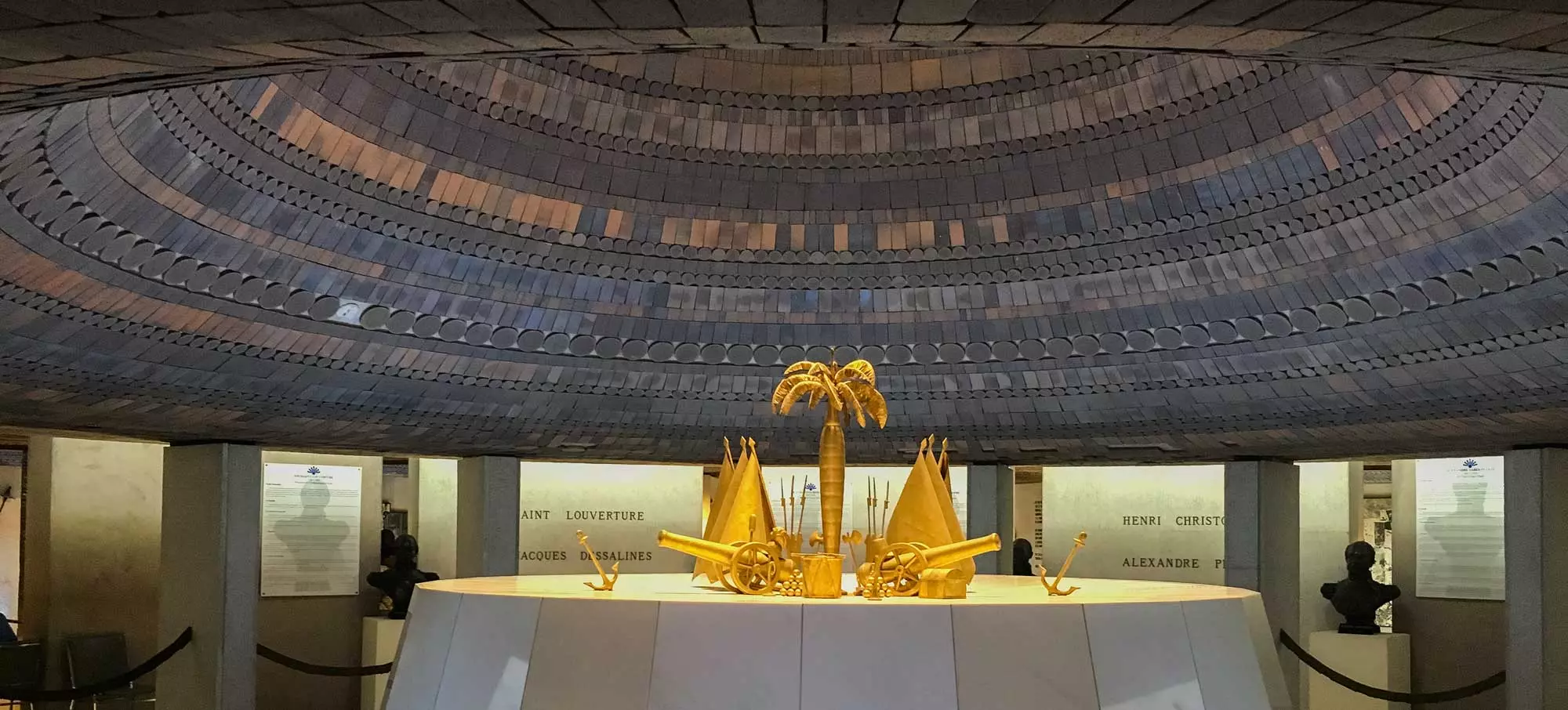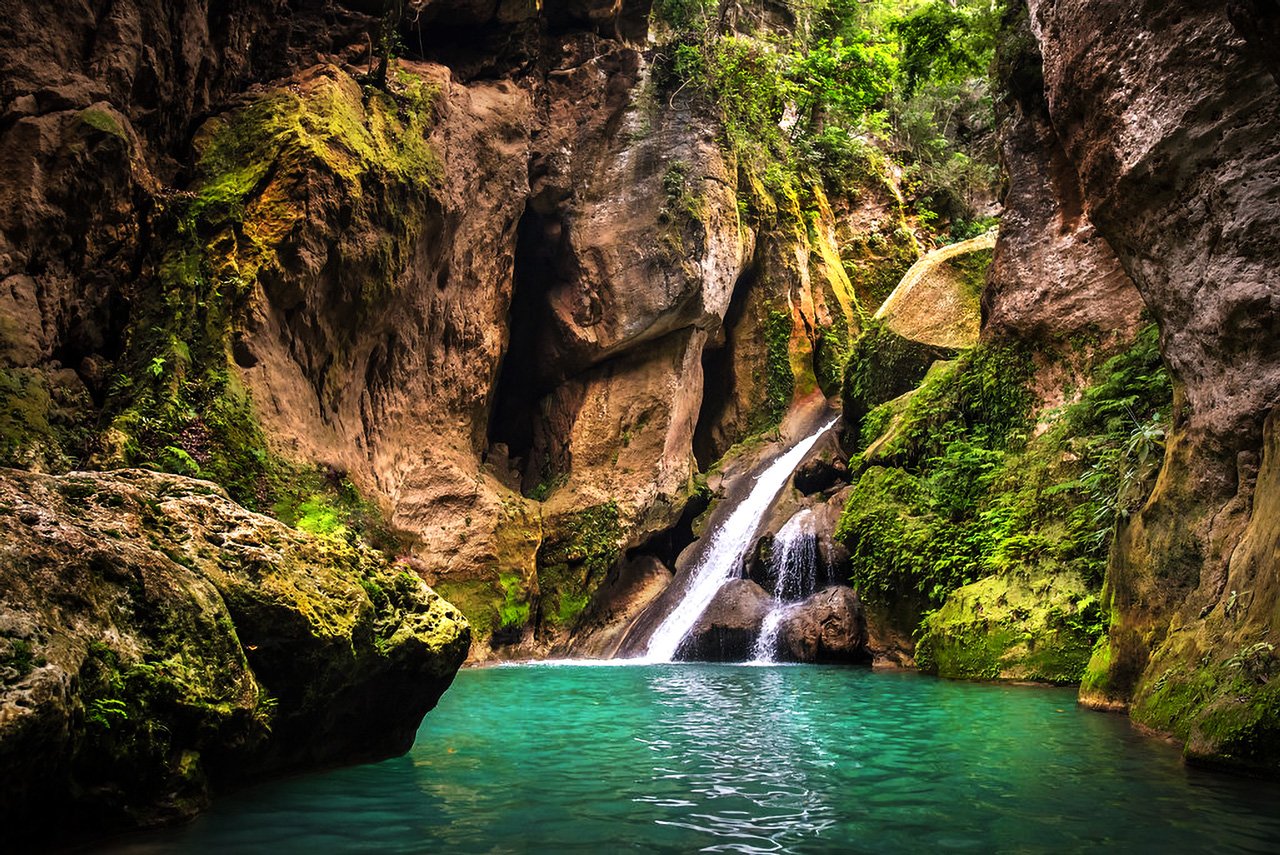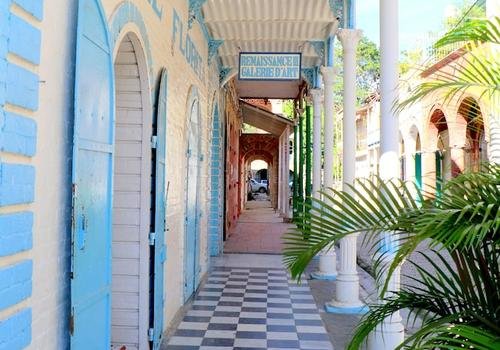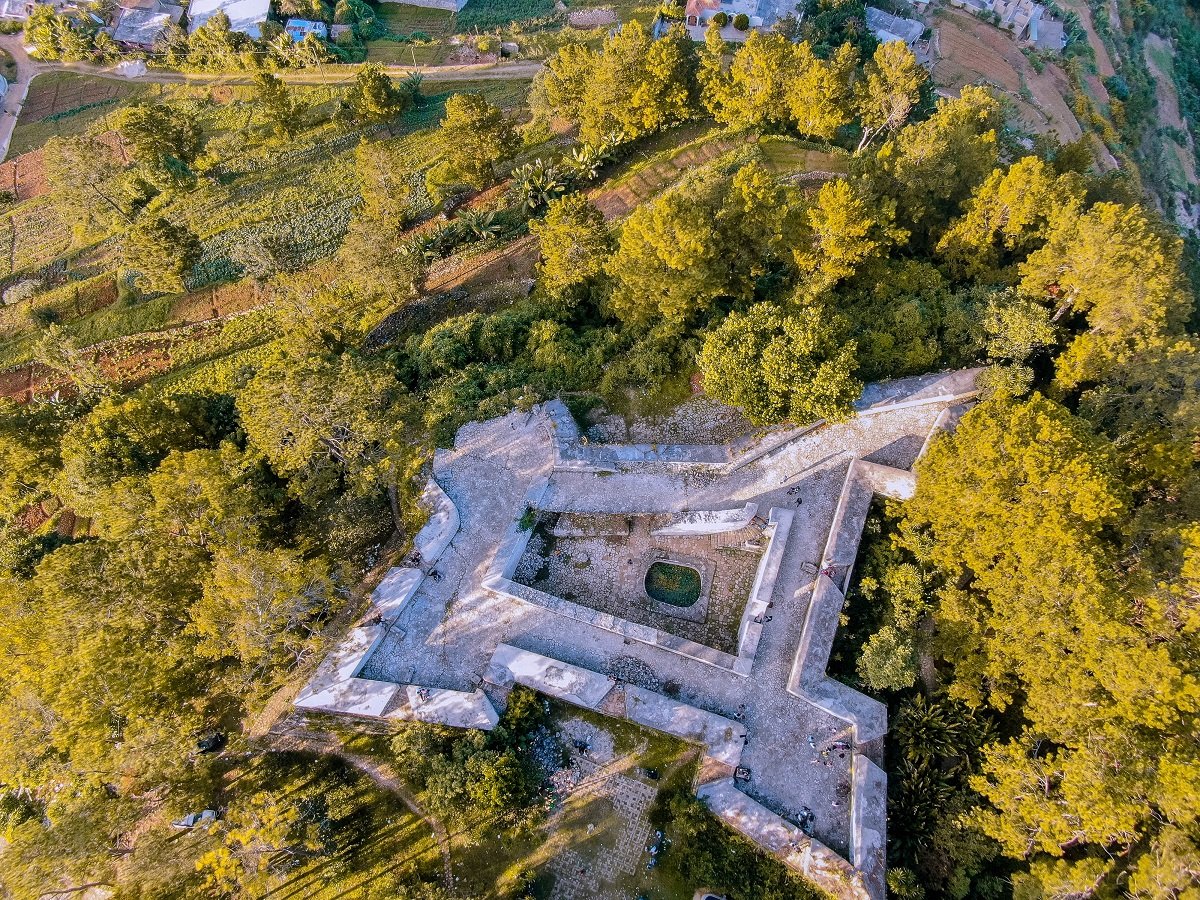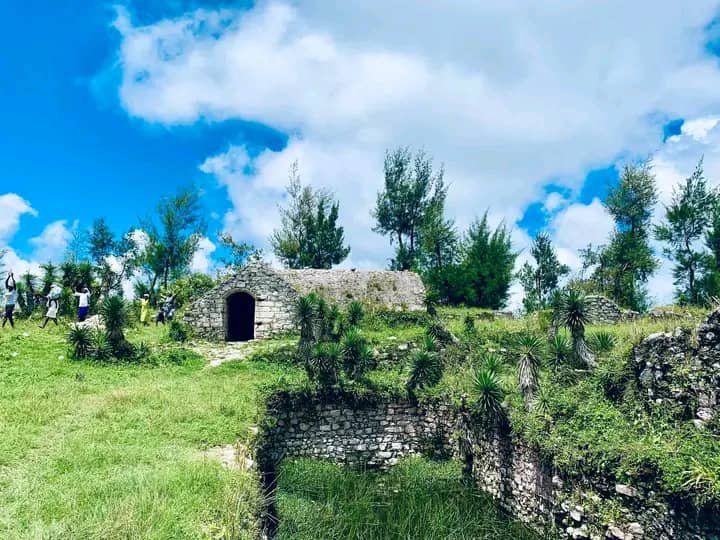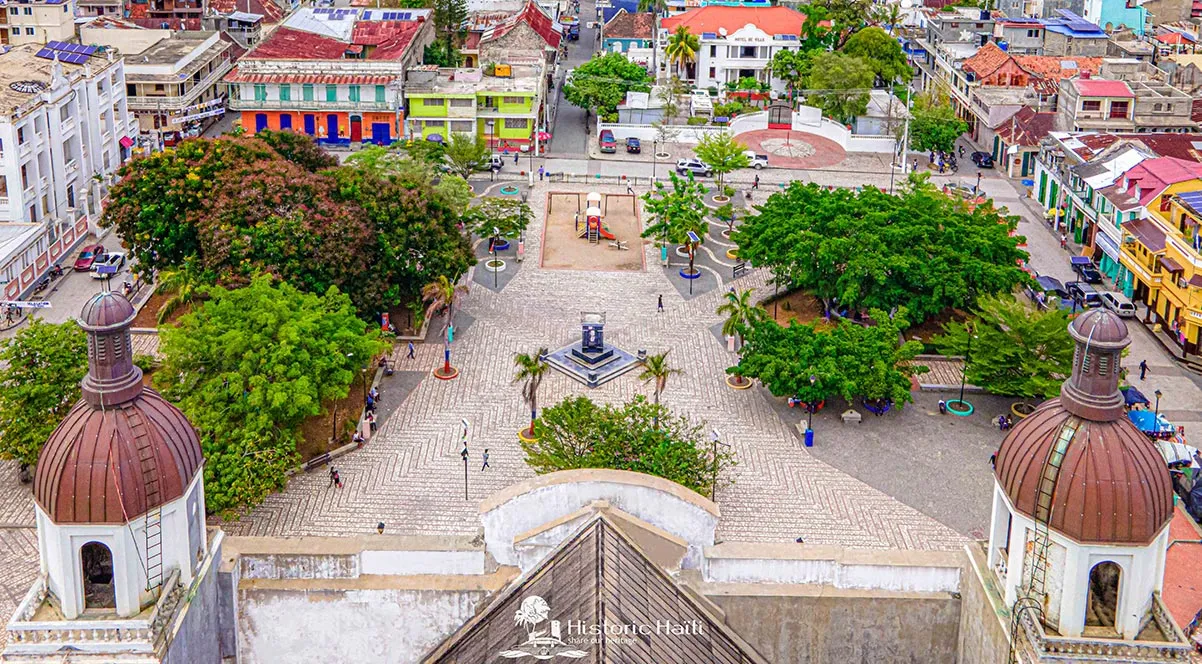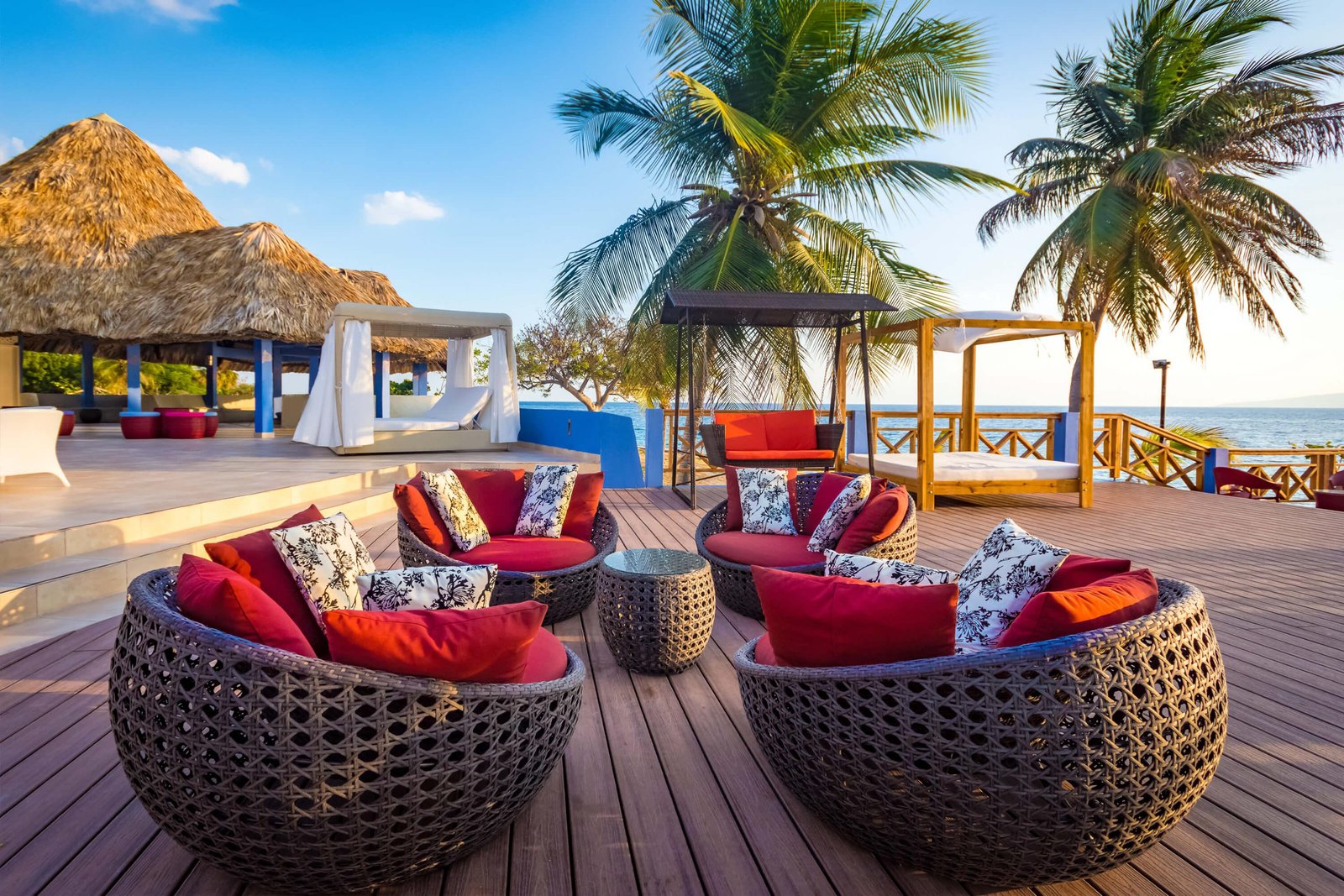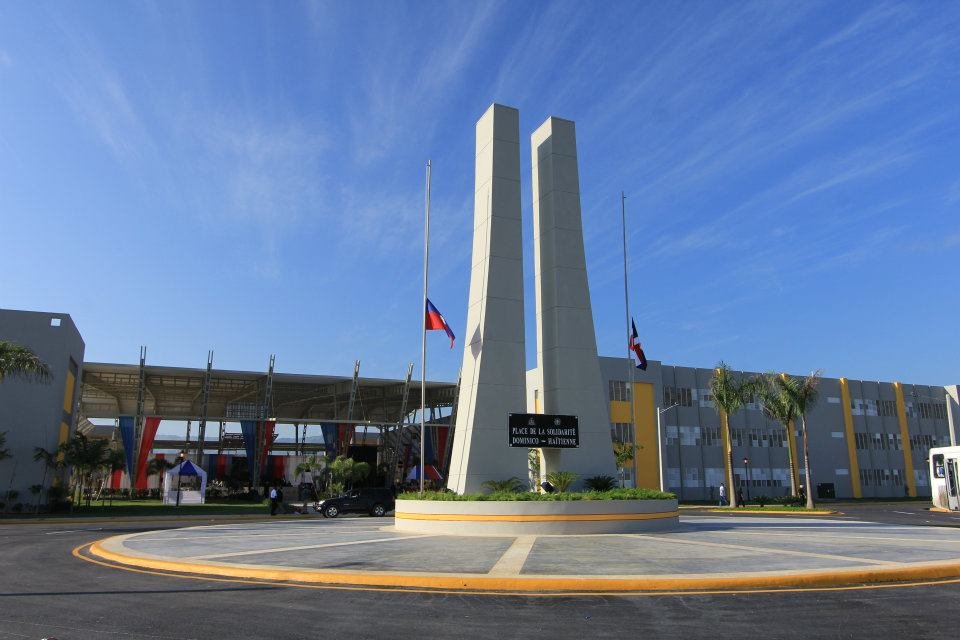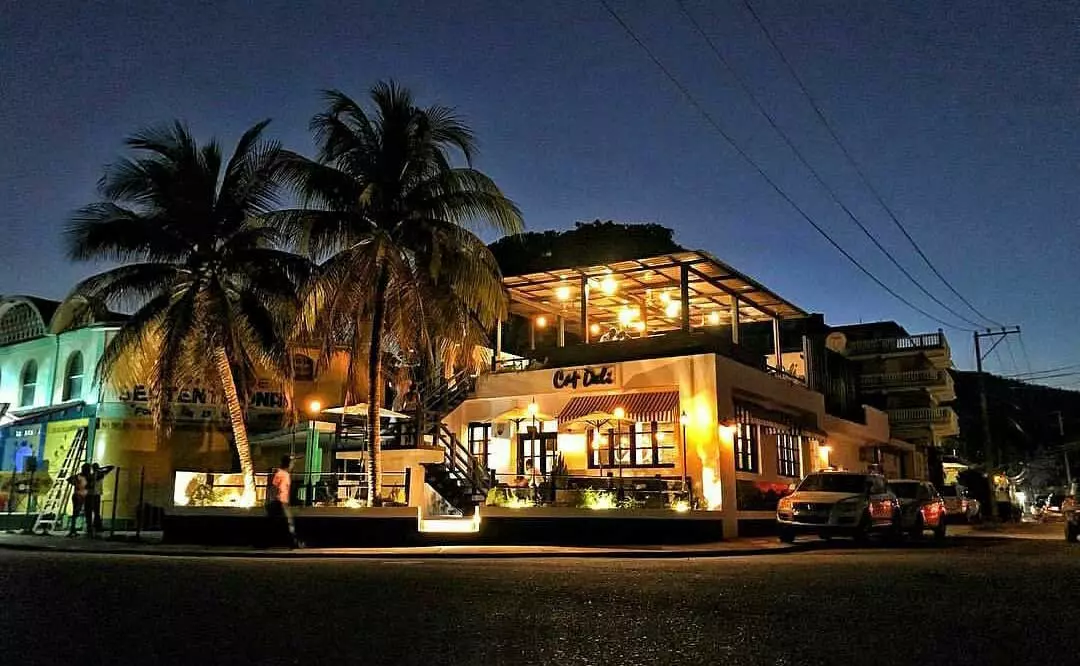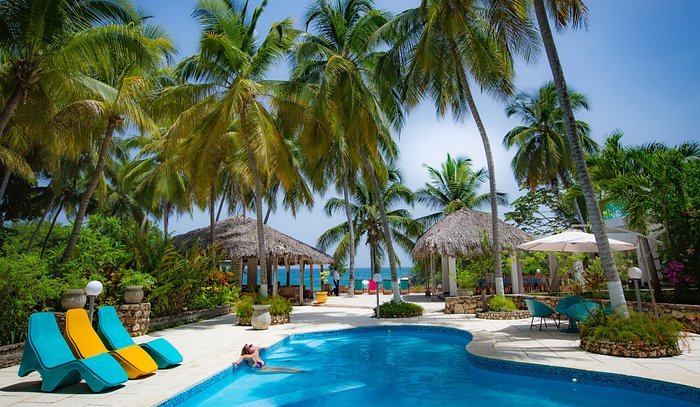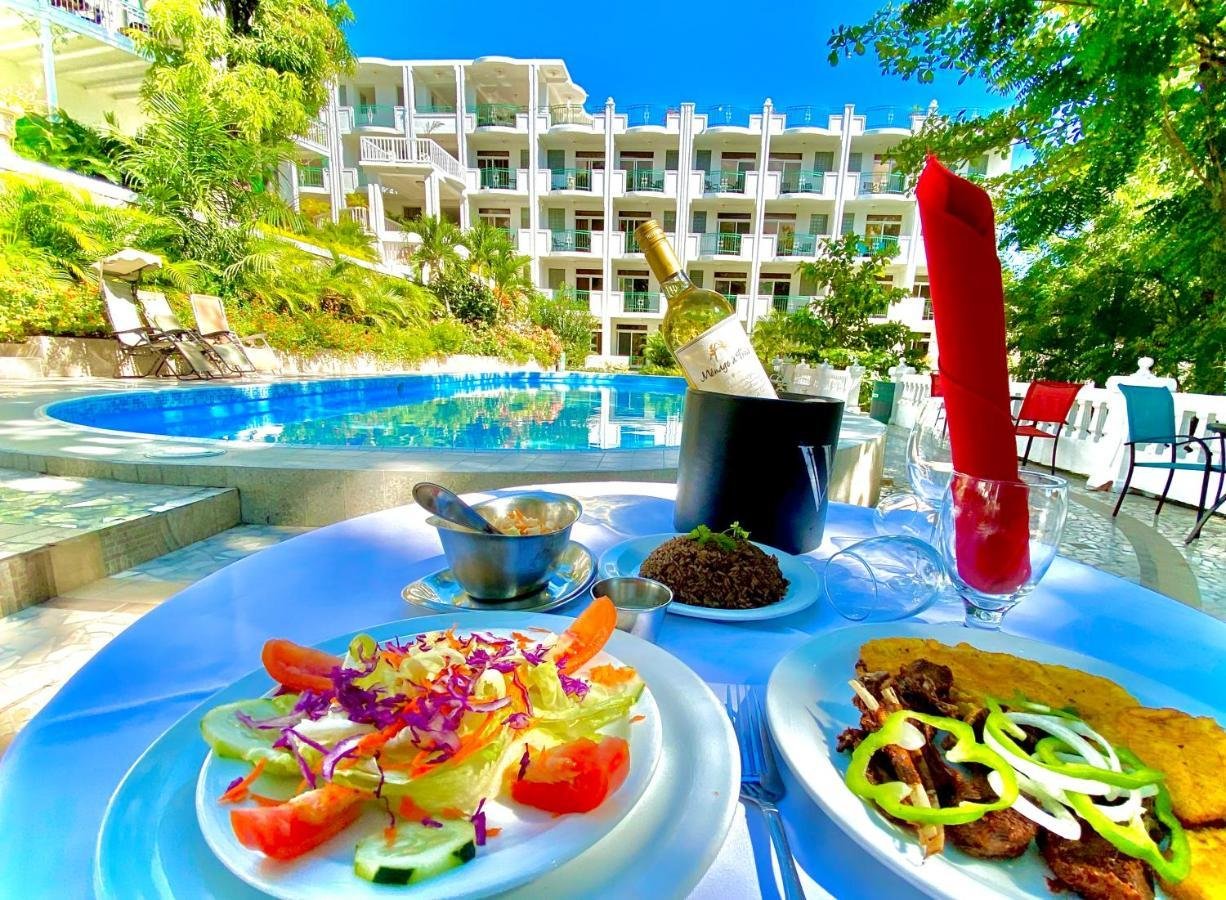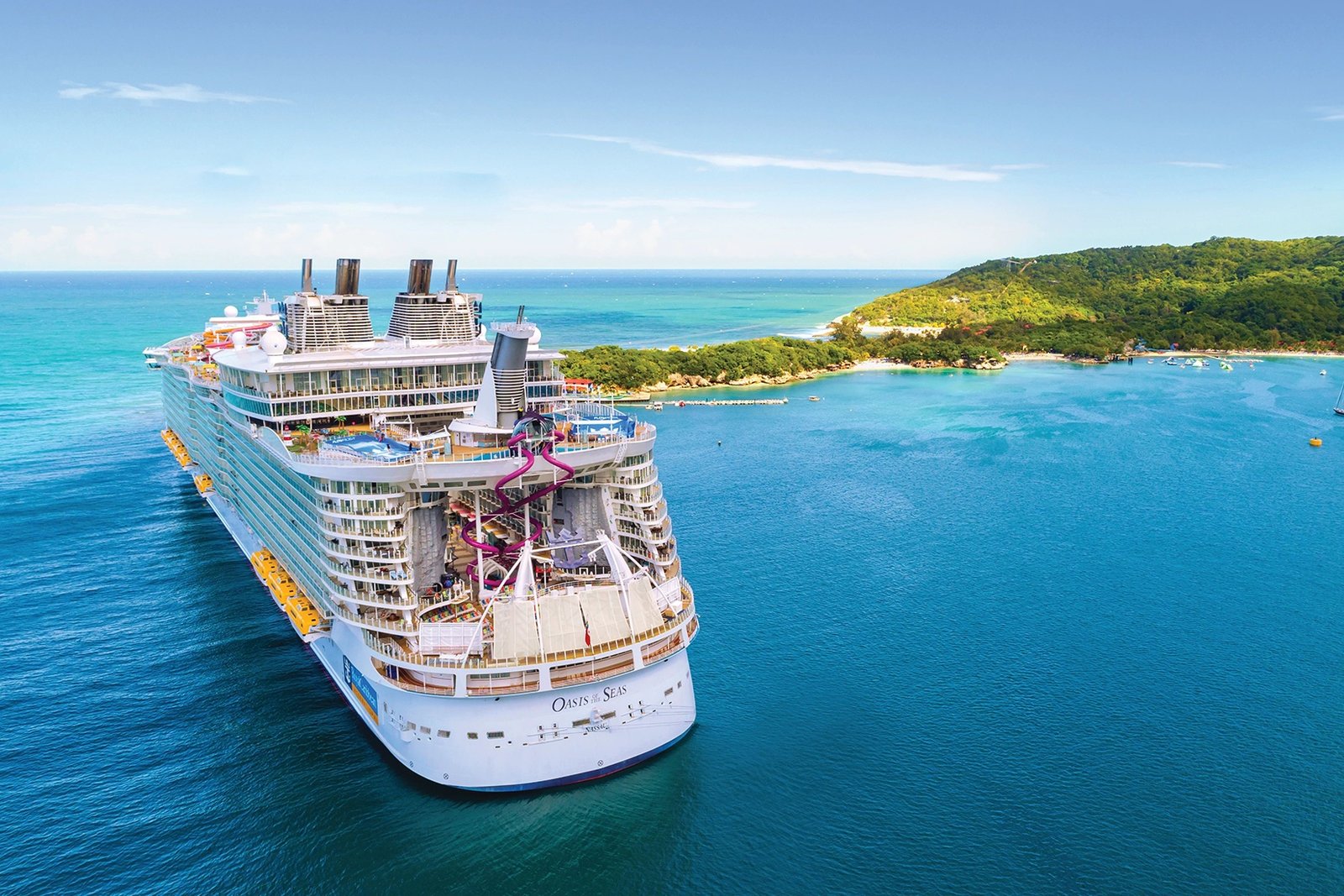Haïti : À la Découverte du Fort Picolet
Haïti, avec son riche héritage historique, abrite plusieurs joyaux qui témoignent du passé fascinant du pays. Parmi ceux-ci se trouve le Fort Picolet, un élément essentiel du système défensif colonial français, qui se dresse majestueusement sur la côte. Ce site, chargé d’histoire, offre aux visiteurs une plongée captivante dans le passé tumultueux de l’île.
Le Fort Picolet a été conçu comme une forteresse stratégique, composée de deux batteries superposées, d’un chemin de ronde et d’une muraille qui longe la côte. Les travaux de construction ont débuté en 1736 sous la direction de M. de Larnage et ont été achevés en 1741 par l’ingénieur M. du Coudreau. Cette structure imposante témoigne du savoir-faire architectural de l’époque coloniale française.
Voir Aussi
Le fort a joué un rôle crucial lors de l’expédition française de février 1802, sous le commandement du général Henry Christophe. Contrôlant le passage obligé des bateaux de gros tonnages entre la pointe Picolet et les récifs du Grand-Mouton, le Fort Picolet a temporairement bloqué l’accès au port du Cap à l’escadre dirigée par le capitaine général Leclerc. Cet épisode historique a marqué le début de résistances acharnées, avec le général Christophe proclamant depuis les remparts du fort ses paroles célèbres : "Si vous avez la force dont vous me menacez, je vous prêterai toute la résistance qui caractérise un général".
Malheureusement, une partie du mur d’enceinte a été détruite lors de l’explosion de la poudrière. Malgré cet incident, le Fort Picolet a survécu au fil des siècles, témoignant de la résilience de son architecture et de son importance historique.
Aujourd’hui, le Fort Picolet s’érige comme une destination touristique incontournable en Haïti. Les visiteurs peuvent déambuler à travers ses couloirs historiques, s’imprégner de son atmosphère chargée d’histoire et admirer la vue panoramique sur la mer des Caraïbes. Des efforts de préservation ont été déployés pour restaurer certaines parties du fort, offrant ainsi aux visiteurs une expérience immersive dans le passé de la nation.
Lire l'article en :




















